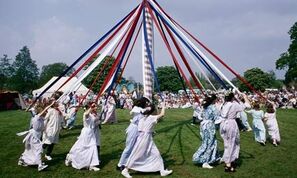
Image Source: learnreligions.com/beltane-rituals
Historians believe the first maypole dance originated as part of a fertility ritual, where the pole symbolized male fertility and baskets and wreaths symbolized female fertility.
When the Roman conquered the British Isles they brought their own beliefs and festivals. For the most part, those integrated with the Celtic practices. Floralia was one of the festivals the Romans brought; a five day celebration devoted to Flora, the goddess of flowers, which took place between April and May. This festival merged with the Celtic Beltrane, since both were all about fertility.
Although popular in Europe, May Day celebrations and traditions hit a rough patch when brought to America by European immigrants. The Puritans didn’t approve, and while May Day celebrations continued to take place, it was certainly less widespread and less popular than across the pond.
In the 18th century, the Roman Catholic religion began celebrating May Day with various May devotions to the Blessed Virgin Mary. The first of May is also one of two feast days of the Catholic patron saint of workers St. Joseph the Worker, a carpenter and foster father of Jesus. Replacing another feast to St. Joseph, this date was chosen by Pope Pius XII in 1955 as a counterpoint to the communist International Workers' Day celebrations.

By the 19th century, while children in white danced around May poles, other children worked in coal mines and did other hard-labor work. The Second Industrial Revolution had numerous workers dying every day from terrible working conditions, and everyone breathed the smoke-filled air belching in black clouds from industrial smoke stacks.
Workers began to grumble about working conditions and labor organizations were springing up both in Europe and America. In 1866, the National Labor Union was formed in the US as people become vocal about their rights, the need for safer conditions, and shorter work hours.
In 2022, May 1 is not recognized in the US as “Workers’ Day” as it is in most of the world, but its origins took place in the US.
THE HAYMARKET RIOTS
Chicago had been a center of work-related agitation for some time, and a railroad strike in 1877 had ended in violence. In 1884, the Federation of Organized Trades and Labor Unions (FOTLU) chose to hold their national convention in Chicago where they issued an ultimatum that after May 1, 1886, the legal work day would be eight hours.
Two years later, when that FOTLU deadline approached, “an estimated quarter million workers in the Chicago area became directly involved in the crusade to implement the eight hour work day, including the Trades and Labor Assembly, the Socialistic Labor Party and local Knights of Labor,” according to an archived synopsis published by the Industrial Workers of the World in 1993. msn.com/en-us/the-real-history-of-may-day/

The next day, a large crowd gathered at Chicago’s Haymarket Square to protest the previous day’s killings. At first, the proceedings were calm, and even Chicago mayor Carter Image Source: https://www.thinglink.com Harrison attended. Then someone in the crowd
threw an explosive at the police. In reaction, law enforcement officers fired indiscriminately into the crowd which included workers and their own police officers.
Chaos and violence ensued between police and demonstrators with by standers in between. At least 7 policemen were killed and sixty others injured, and sources claim as many demonstrators and civilians were killed and injured (without giving statistics).
Reliable witnesses testified that all the pistol flashes came from the center of the street, where the police were standing, and none from the crowd. Moreover, initial newspaper reports made no mention of firing by civilians. A telegraph pole at the scene was filled with bullet holes, all coming from the direction of the police."
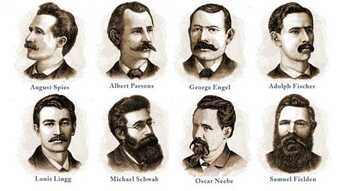
In 1889, May Day was chosen as the date
for “International Workers’ Day” to commemorate The Eight Convicted of Murder
the Haymarket affair in Chicago and the struggle Image Source:pbs.org/wgbh/americanexperience/chicago-eight
for an eight-hour working day.
THE PULLMAN STRIKE
The Pullman Strike was two interrelated strikes in 1894 that shaped national labor policy in the United States during a period of deep economic depression.
The Pullman Strike occurred in Illinois on May 11, 1894. Without going into the gory details, three thousand railroad workers went on a wildcat strike without the authorization of their union because of the way George Mortimer Pullman, founder and president of the Pullman Palace Car Company, treated his workers.
https://en.wikipedia.org/wiki/Labor_Day
LABOR DAY IN THE US
In July 1894, President Grover Cleveland signed into law a piece of legislation that created a national Labor Day Holiday in early September. States and cities had been celebrating their own versions of Labor Day at different times at least since 1882, but this action set the date for a national holiday and moved the event away from the May 1 “Workers’ Day”, the recognized date for radical labor protests in Europe and the US. Congress feared the holiday would be associated with nascent Communist, Syndicalist and Anarchist movements and would appear to celebrate the labor riots of 1884, the Haymarket Affair in 1886, and other May Day riots. Everything is political, isn't it?
Labour Day and International Worker’s Day
International Worker's Day recognizes the International Labor Movement and is celebrated on May 1 in at least eighty countries in the world, including most of Europe.
May 1 continues to be the day for protesting labor and other issues in these countries.
Image Source: thenewamerican.com/may-day-protests Image Source: newindianexpress.com/galleries/may/01/
Greece ▼ Pakistan ▼ Turkey ▼
Source of images: telesurenglish.net/multimedia/Workers-Right-Groups
JUST SAYIN!
□
Sources:
https://www.learnreligions.com/beltane-rites-and-rituals-2561678
https://www.livefromtheloungepodcast.com/post/ep-10-history-of-labor-day-pullman-strike-of-1894
www.thefreedictionary.com/May+Day
https://www.history.com/topics/holidays/history-of-may-day
https://en.wikipedia.org/wiki/May_Day
https://nationaltoday.com/may-day/
https://www.pinterest.com/pin/445082375663782263/
https://www.vintagechicagopostcards.com/2020/11/haymarket-square-clash-between-police.html
https://www.pbs.org/wgbh/americanexperience/features/chicago-eight-anarchists
https://daily.jstor.org/how-labor-lost-may-day/
https://history.house.gov/Historical-Highlights/1851-1900/The-first-Labor-Day/
https://www.msn.com/en-us/money/other/the-real-history-of-may-day/ar-BB1g7fq4?fullscreen=true&cvid=0c753a732e594f5293cc01dae5656548#image=1
https://www.telesurenglish.net/multimedia/Workers-Right-Groups-Commemorate-May-Day-Worldwide-20190501-0013.html
https://thenewamerican.com/traditional-may-day-protests-in-france-become-violent-riots/
https://www.newindianexpress.com/galleries/world/2017/may/01/may-day-in-pics-protesters-worldwide-demand-better-work-conditions-higher-wages-100415.html


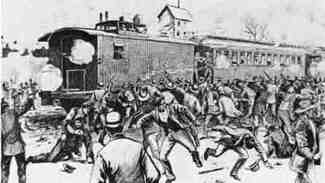
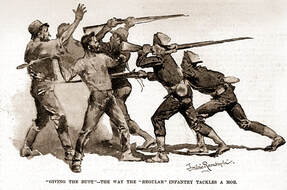








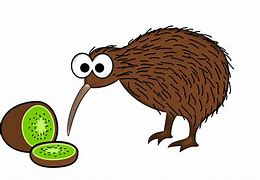

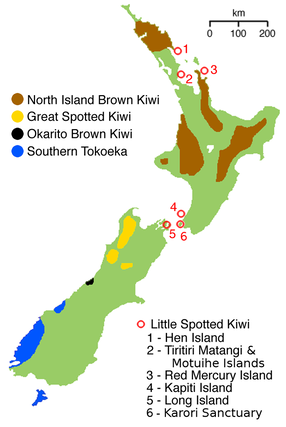
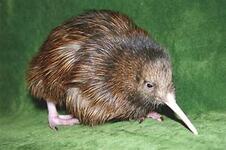
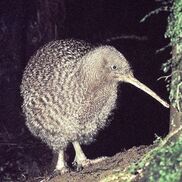
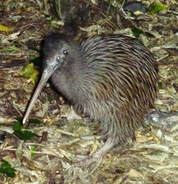

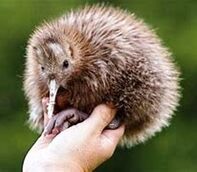
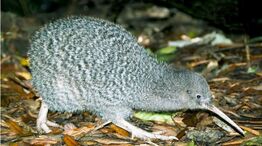
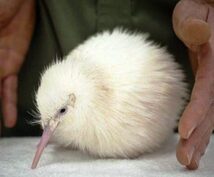
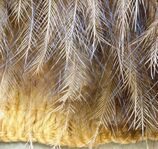
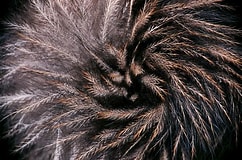
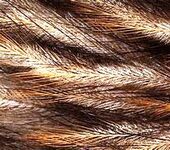
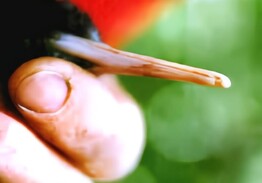
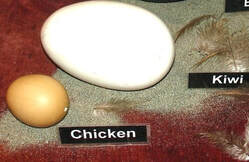
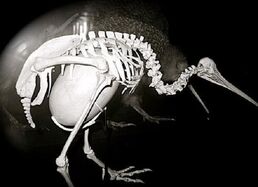





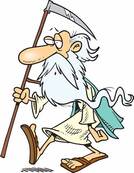




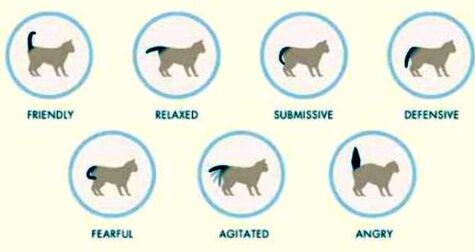

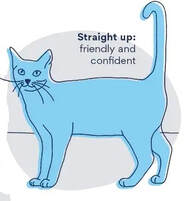
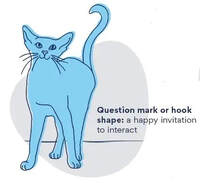
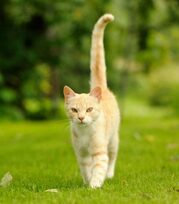
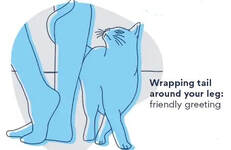
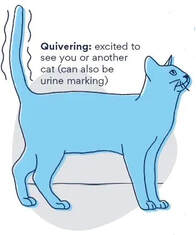
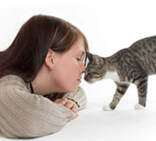
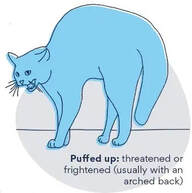
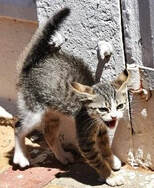
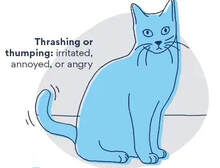
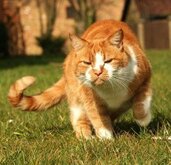
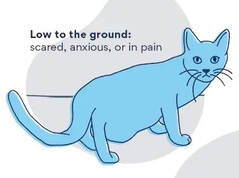
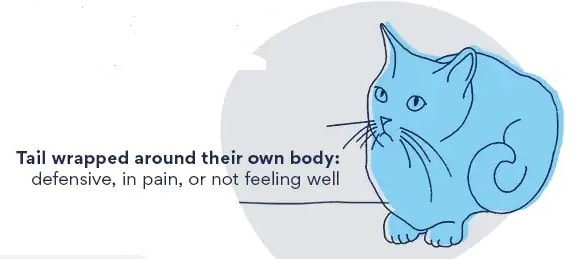
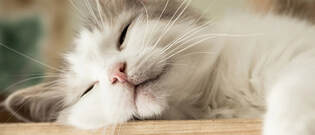
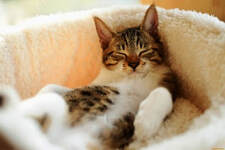
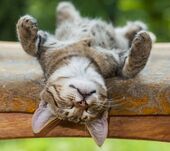
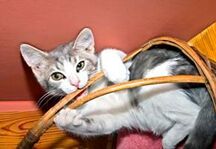
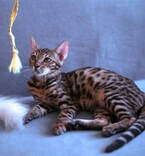
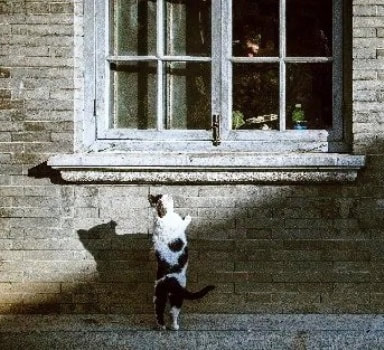
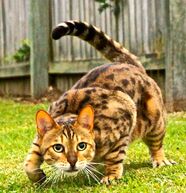



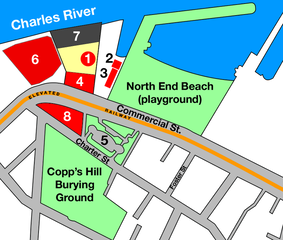






 RSS Feed
RSS Feed